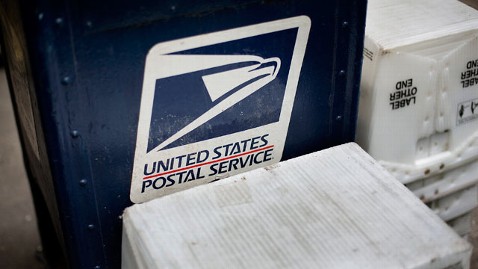U.S. Postal Service to End Saturday Mail Delivery
Weekend mail delivery is about to come to an end.
The U.S. Postal Service will stop delivering mail on Saturdays, but will continue to deliver packages six days a week, the USPS announced at a news conference this morning.
While post offices that open on Saturdays will continue to do so, the initiative, which is expected to begin the week of August 5, will save an estimated $2 billion annually. The USPS had a $15.9 billion loss in financial year 2012.
"America's mailing habits are changing and so are their shipping habits," Postmaster General Patrick Donahoe said. "People will say this is a responsible decision. It makes common sense."
The service reduction is the latest of Postal Service steps to cut costs as the independent agency of the U.S. government struggles with its finances.
To close its budget gap and reduce debt, it needs to generate $20 billion in cost reductions.
USPS officials have pushed for eliminating mail and package delivery on Saturdays for the past few years, but recent data showing growth in package delivery, which is up by 14 percent since 2010, and projected additional growth in the coming decade made them revise their decision to continue package delivery only.
Saturday mail delivery to P.O. boxes will also continue.
Research by the post office and major news organizations indicated that 7 out of 10 Americans support switching to five-day service.
Since 2006, the Postal Service has reduced annual costs by $15 billion, cut the career force by 28 percent and consolidated 200 mail-processing locations.
The USPS announced in May it was cutting back on the number of operating hours instead of shuttering 3,700 rural post offices. The move, which reduced hours of operation at 13,000 rural post offices from an eight-hour day to between two and six hours a day, was made with the aim of saving about $500 million per year.
The cutback in hours last year resulted in 9,000 full-time postal employees' being reduced to part time plus the loss of their benefits, while another 4,000 full-time employees became part time but kept their benefits.

(Image Credit: Victor J. Blue/Bloomberg via Getty Images)